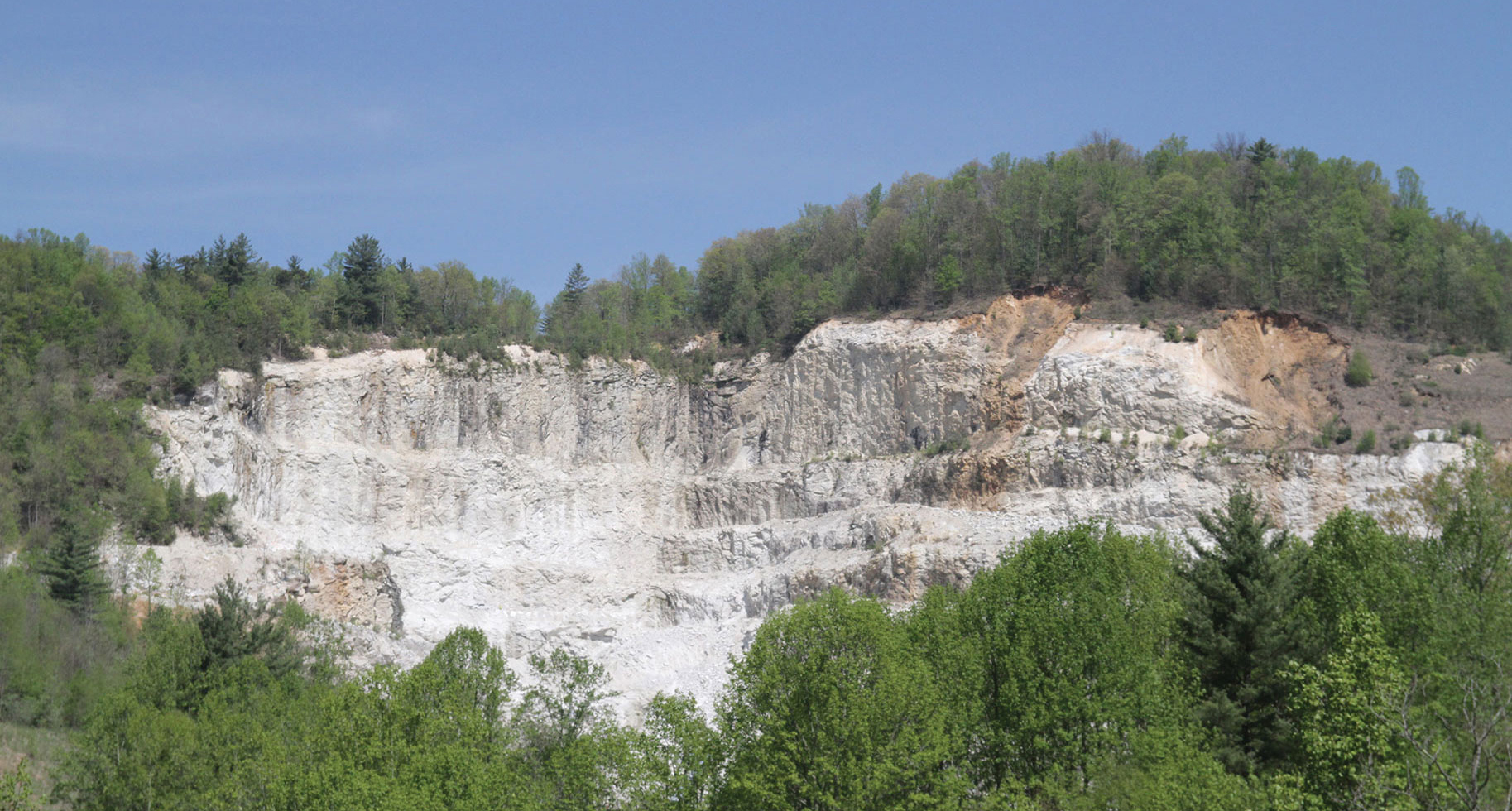‘SP55’ is chalk-white trap filler that comes from local quartz operations
Anyone who tuned into the 2020 Masters Tournament this past week at Augusta National Golf Club may have noticed the uniquely-colored sand bunkers on the course.
Rather than the usual drab, beige sand, Augusta’s 44 sand bunkers are filled with heavenly white grains that CBS announcer Jim Nantz compared to bowls of sugar in an interview earlier this year with the Los Angeles Times.
“They pop, they stand out,” Nantz said in the interview. “Visually, they look different than everything else that you see. It just fits the rest of the motif, that it’s fantasyland for the golfer. Everything appears to be perfect.”
Those “perfect” grains of sand, in fact, have a direct local connection that makes Augusta seem far closer than four hours away from Mitchell County.
The sand carries the industry name “SP55” and is a chalk-white trap filler made of granulated quartz.
The golf world just can’t get enough of the stuff. That’s because it’s some of the best, most unique sand that can fill course bunkers.
Mitchell County resident Alex Glover, retired head geologist for the Feldspar Corporation, said it’s because the sand is no ordinary sand.
“Most sand is sedimentary sand,” he said. “This is not sedimentary, it’s an igneous sand.”
But for companies like Quartz Corp., a Norwegian and French conglomerate with a large operation in Mitchell County, the material is just a byproduct— waste that just so happens to now have a use.
Mitchell County’s quartz operations mine ultra-pure quartz to produce sand that is crucial in producing chips for computers, cellphones and other tech devices.
The quartz is molded into crucibles that serve as containers for preserving the purity of molten silicon, which then moves into single-crystal silicon and eventually, chips.
Spruce Pine’s best sand can be even further purified by an acid-wash process that removes impurities. Cracks in grains allow acid to get inside to thoroughly clean them.
Sand that makes its way to the golf course is material that didn’t quite make the lofty purity cut for use in semiconductors and other high-tech devices.
“What they use for trap sand is sand was rejected because the chemistry wasn’t quite right,” Glover said. “When they have that, it gets put into a different silo. It goes in the pile for golf sand or quartz table top sand. The same sand feeds both of those.”
Once the sand gets earmarked for use on the golf course, it gets stored directly off of U.S. 19E, on the way toward Burnsville. From there, local driver Mark Ray picks it up and personally delivers it.
Pegmatites in the 25-mile long, 10-mile wide Spruce Pine Mineral District were formed millions of years ago under intense heat and pressure 10-15 miles under the surface of the earth.
A lack of water prevented the transfer of impurities at the time.
The rock in Spruce Pine is about 65-percent feldspar, 25-percent quartz and 8-10 percent mica and other trace items, Glover said.
“It’s that 25-percent quartz,” Glover said. “When you crush it, grind it and separate it, it gets broken down in the process. Because it is fractured and crushed, it has that rounded shape. It’s an angular shape, more like broken glass.
“It’s pure and clear when you look at it under a microscope. It looks like uncut diamonds. It’s those little facets that reflect light and make it appear to be so crystalline and white.”
For years, miners simply threw quartz aside. At the time, it was all about feldspar and mica, which are used in the manufacture of glass and porcelain and drywall joint compound and electrical insulation, respectively.
With the rise of computers in the modern age came the rise of quartz usage and thus, an economic boon to Mitchell County.
The same sand used in Augusta is used at Mount Mitchell Golf Club in Burnsville and golf superstar Tiger Woods said in an interview with the Los Angeles Times that he recently had three truckloads of the local sand delivered directly to his home in Florida.
The tale of Spruce Pine sand landing in Augusta starts in the 1970s.
At the time, Augusta’s Chief Executive Clifford Roberts was growing tired of the course’s bunker sand, which he deemed too inconsistent and coarse.
Roberts had a seasonal home in Avery County and he knew that Linville Golf Club used Spruce Pine sand.
So, Roberts, Augusta’s golf pro and Spruce Pine businessman and Linville Golf Club Manager Claude Greene and others had a meeting.
After the meeting and after Roberts and assistant pro Wayne Smith tried hitting balls out of the unique sand for themselves, the rest became history.
Roberts then called for 13 boxcars of Spruce Pine sand to go to Augusta. Greene declined to be compensated for the sand or the transportation.
It was, after all, only a byproduct.
Greene’s company had to dig holes to bury it. They moved the byproduct to Augusta via boxcars that were once used to move coal.
The black dust mixed with the white sand and spoiled the brilliant color.
The crew was forced to take an old fashioned, golf-inspired mulligan using clean boxcars. This time, it worked like a charm and that’s how the story goes.
To show appreciation for his efforts, Roberts told Greene he could play at Augusta whenever he wanted and Greene also went on to receive six passes to every Masters Tournament.
The next time you see a golf event at Augusta, you’d be forgiven for thinking the sand in the bunkers is actually not sand at all, but rather something far more eclectic (or sweet).
Of course, you’d also be forgiven for only just now discovering that the sand that some of golf’s greatest legends have played in is from just a few miles away.
“The sand is unlike any other in the world,” Glover said. “Some people call it sugar sand because you can’t tell it from white sugar.”

